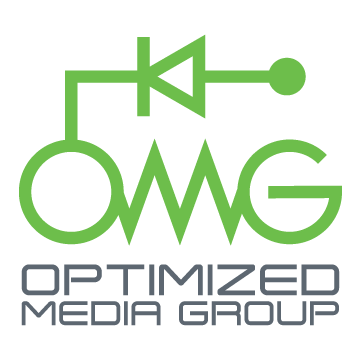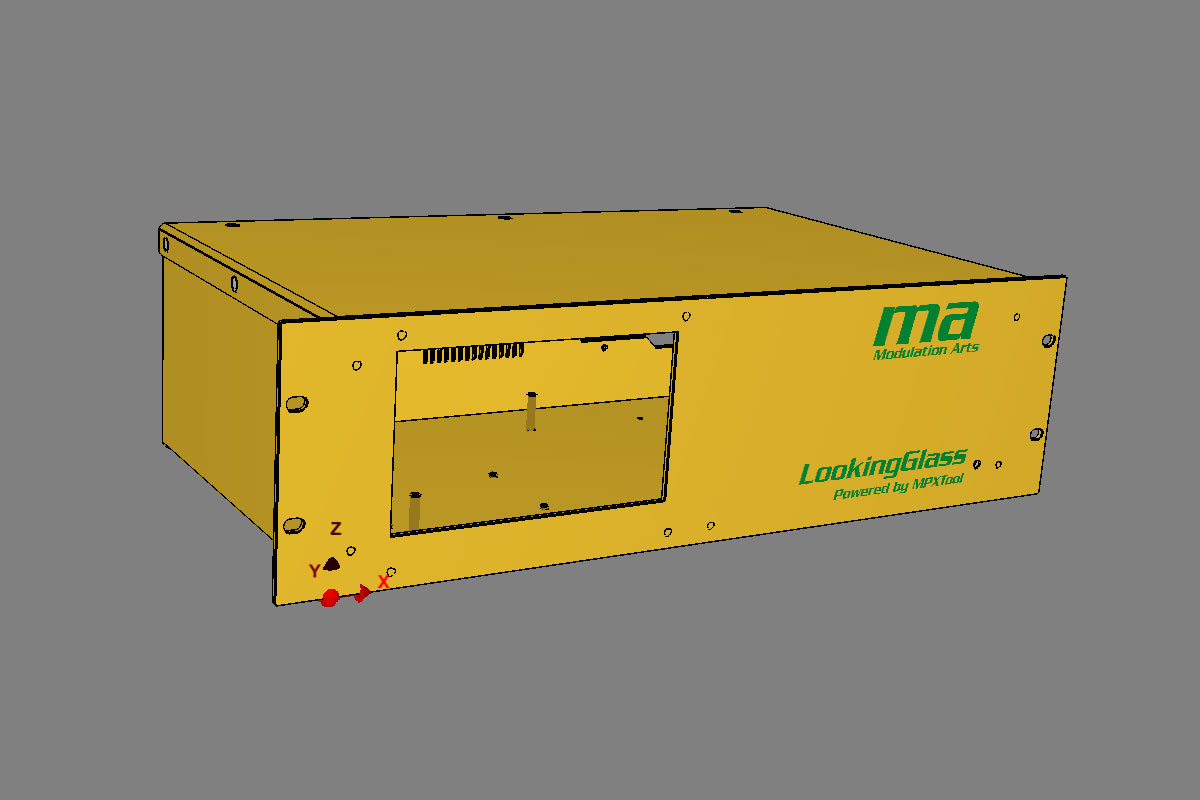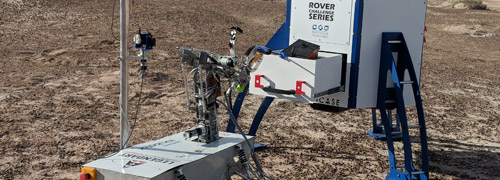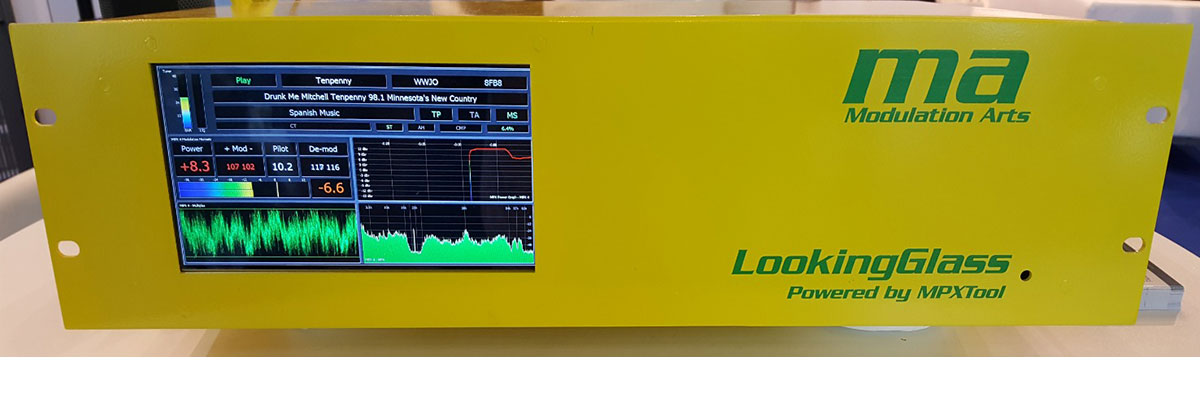
In August 1920, within a month of the beginning of the Prohibition era in United States, the first news broadcast was sent by radio in Detroit. Since then, the average life span has increased by over 20 years, the average time a student spends in school has doubled and people are, of course, allowed to drink alcoholic beverages. Countless improvements to technology have changed nearly every aspect of human life.
However, in the past 100 years since its invention, radio broadcast technology hasn't been marked by the same massive steps to modernization. That is, at least, until now, with the invention of LookingGlass, a new innovation from Optimized Media Group.
The Challenge for Small- to Mid-Size Radio Broadcasters
Most large broadcasters have an entire team of engineers keeping programming running smoothly. Smaller broadcasters, on the other hand, will usually only use a single engineer, often playing double-duty as radio host, among other roles.
Optimized Media Group is a full-service broadcast contracting and consulting company that helps smaller radio and television stations make engineering decisions in order to save costs and simplify operations, often by employing non-traditional approaches.
Moving even further into the non-traditional sphere, Optomized Media Group is now diversifying into hardware with its latest innovation for monitoring radio frequencies, LookingGlass.
Loud and Clear with LookingGlass
Traditionally, in order to monitor radio frequencies, one would have to use a radio tuned only into a single station at a time while recording. However, the invention of MPXtool software by renowned independent broadcast software designer Leif Claesson allowed - for the first time - the tuning of multiple frequencies.
LookingGlass harnesses the power of Claesson's software into hardware so that the entire FM band can be measured and monitored all at once, which was previously unheard of in the broadcasting world.
It can extract a signal from up to 30 radio stations, measure them in parallel, and record the radio frequency for later analysis. By doing this, LookingGlass revolutionizes "after the antenna" radio signal monitoring, changing the way people conduct broadcast monitoring and market research.
Normally, radios stick to the method of mechanical, hardware-style tuners. LookingGlass uses a software defined radio (SDR) to decode the radio frequency in a very wide band, and those mechanical filters are defined in software, allowing LookingGlass to massively parallel the process, and define those filters on-the-fly as it decodes. Because of the software nature, they can "send" that data anywhere, manipulate it, and even make a DVR for radio frequency.
In order to create the most powerful hardware solution for managing radio frequencies, several factors came into play during the design process.
Designing the LookingGlass Enclosure
With more than 15 years of experience in broadcast engineering and 20 years in IT, Optimized Media Group partner Alex Hartman has a broad knowledgebase in the technical side of broadcasting. Designing the hardware for LookingGlass was a new challenge, however, as he had no previous experience doing enclosure design. Still, the engineer knew upfront there were particular considerations to be made.
"In the broadcast industry, many engineers are hesitant to trust 'simple' computers, so had I designed a simple computer case, a lot of my colleagues would've shunned the unit," explains Hartman. "If it looks like an appliance, they trust it intrinsically, so the design goals were to make it not look like a PC."
From an engineering standpoint, Hartman knew it had to meet radio-frequency compliance testing and be capable to contain any RFI environments it may be subjected to.
"It's an RF tuner after all, and the unit's entire function is to be placed in high radio-frequency environments. I'm talking about several hundred kilowatts of RF power," says Hartman. "Keeping cabinet leakage to a minimum was paramount."


With no previous CAD experience for Hartman, Protocase's free enclosure-design software, Protocase Designer, was an excellent match for his needs.
"Protocase Designer let me think about what I had designed, then go look at the item that was supposed to go into the case, and measure it, then make sure I did it right."
Further iterations made Hartman even more confident in his design.
"I learned some things about that second working design that I'd missed, particularly with what I put inside it, and how it reacted with those devices, mostly related to cooling and airflow."
Protocase for Custom Manufacturing
When choosing a manufacturer of custom metal, there are several factors and considerations to be made. Hartman shopped around to local options, and turned to the online world to determine the best option for his needs - and, of course, budget.
"There are a large number of companies that will do rapid prototyping metalwork, but I didn't find anyone as 'complete' as Protocase," explains Hartman. "One company would do the CNC and laser cutting, and ship me flat metal, not bent, let alone painted. Another would do the metalwork, but not paint. And most of them had a minimum-dollar amount which was quite high for setup and handling."
For Hartman, Protocase had the most appeal because of its quick lead times, but most importantly, its customer service.
"Coming from the customer-service industry, technical support, particularly, that is how I measure any company places on its customer base, no matter the size of the customer," says Hartman. "Protocase treated me very well for my one-off design, assumingly the same way they'd treat a large order returning customer."
The Future for Optimized Media Group
Hartman introduced LookingGlass in fall 2018 at the International Broadcasting Convention in Amsterdam to a lot of interest, particularly about the vibrant Aero Yellow powdercoat color choice for the unit. Hartman says the color choice was both a personal and professional one.
"Moving into manufacturing and product development is a bold move for me, and LookingGlass reflects that boldness," he explains. "Having worked in technical support for 15 years, asking someone to go into a data center and find a gray, or black, box in the rack with a small logo on it can be daunting. Having a color that stands out makes that task very simple."
With company just recently launching the LookingGlass technology under the new brand Modulation Arts, 2019 will be a big year for Hartman and the Optimized Media Group team.
"LookingGlass is just the beginning for us," says Hartman. "We have several more products in development already, which most likely will change the way Optimized Media Group does business in the future."


